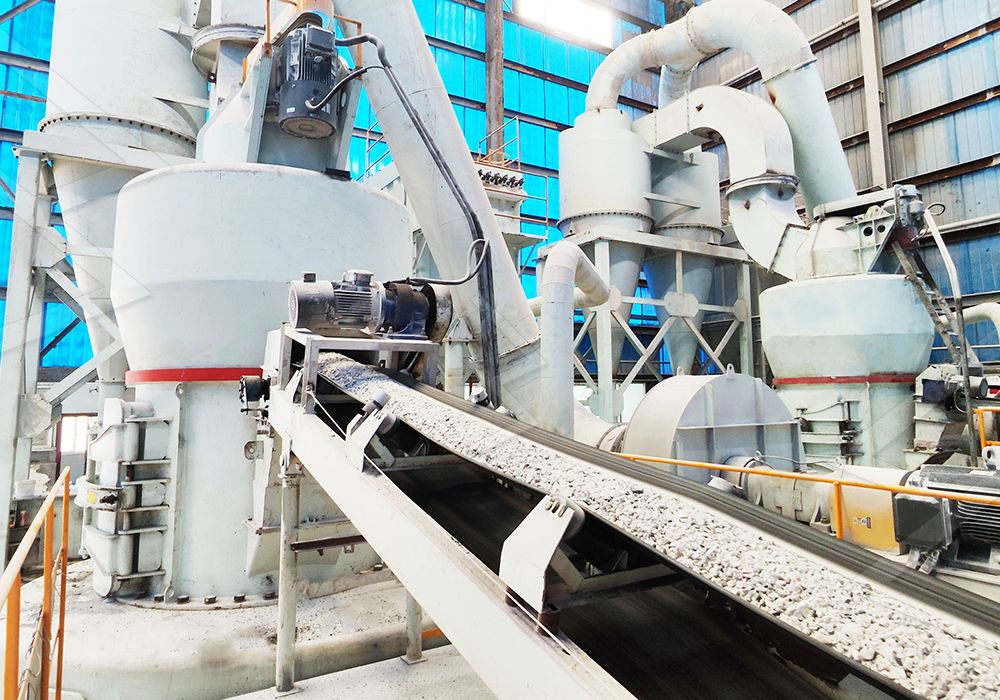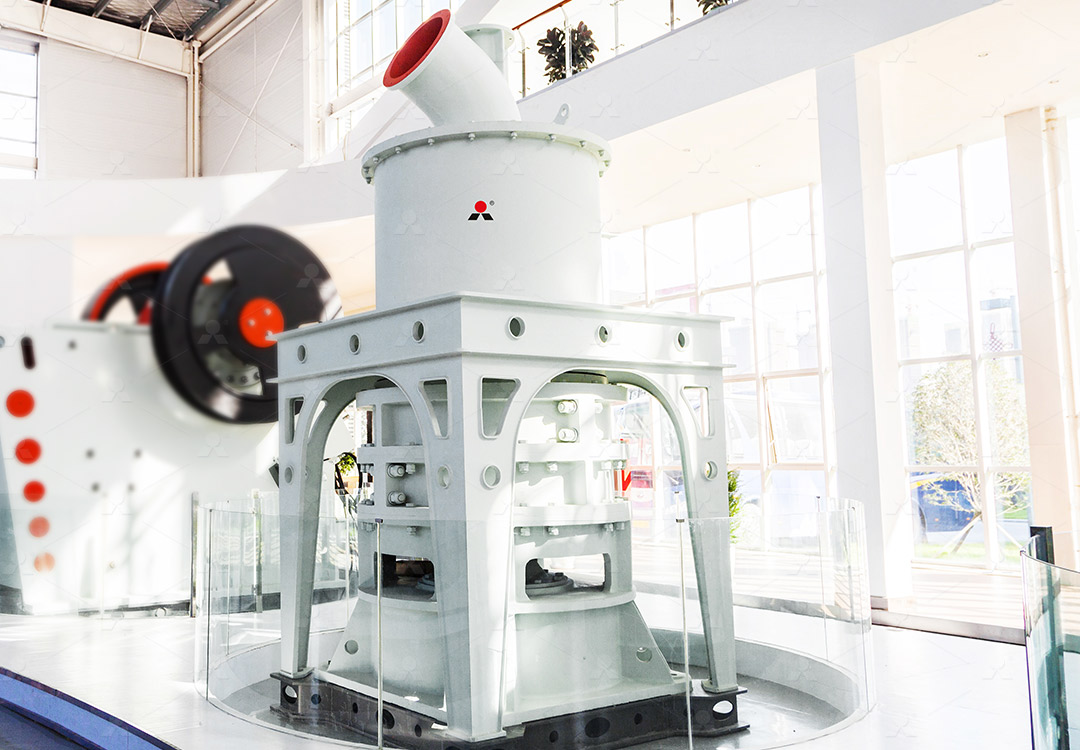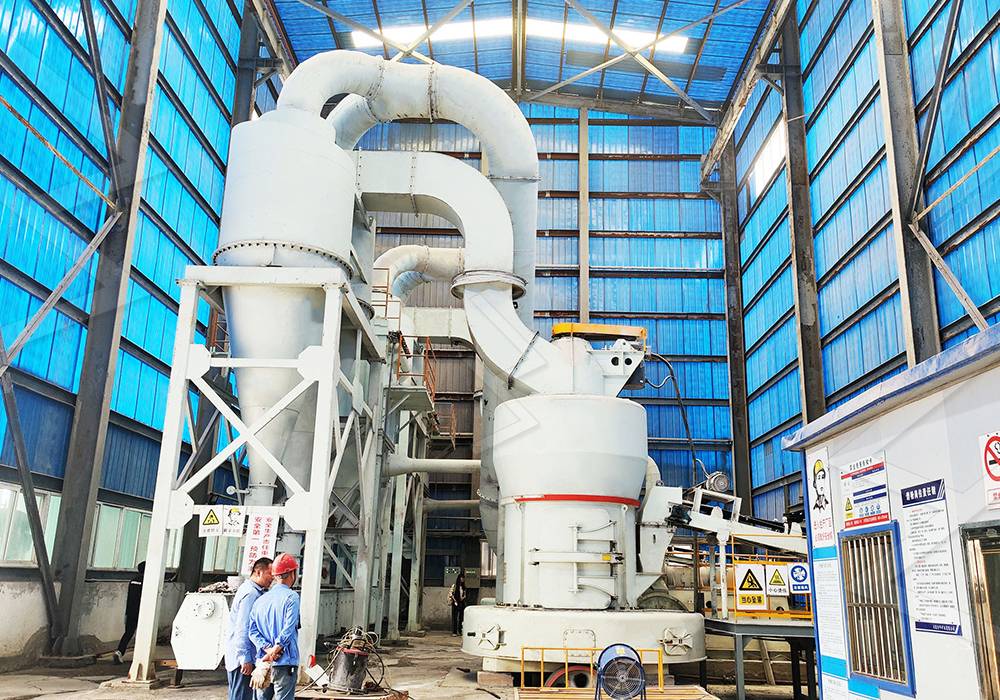Fluorite Coarse Powder Grinding Mill: Key Features and Applications
Fluorite Coarse Powder Grinding Mill: Key Features and Applications
In the world of industrial mineral processing, fluorite stands as a crucial material with widespread applications across multiple sectors. From its role in metallurgical fluxes to its importance in ceramic manufacturing and chemical production, the demand for precisely processed fluorite powder continues to grow. The key to unlocking fluorite’s full potential lies in selecting the appropriate grinding equipment that can handle its specific characteristics while maintaining efficiency and cost-effectiveness.
Fluorite, known chemically as calcium fluoride (CaF₂), presents unique challenges in processing due to its moderate hardness (4 on Mohs scale) and perfect octahedral cleavage. Traditional grinding methods often struggle to achieve the optimal balance between particle size distribution, production capacity, and energy consumption. This is where specialized coarse powder grinding mills demonstrate their superior capabilities.

Essential Characteristics of Effective Fluorite Grinding
When processing fluorite into coarse powder (typically ranging from 10 to 100 mesh), several critical factors must be considered. The ideal grinding mill must feature robust construction to handle the abrasive nature of fluorite while maintaining consistent output quality. Advanced grinding mechanisms that minimize over-grinding are particularly valuable, as they prevent unnecessary energy expenditure and reduce the production of ultrafine particles that may be undesirable in certain applications.
Modern fluorite grinding systems incorporate intelligent design features such as adjustable grinding pressure, precision classification systems, and automated control mechanisms. These innovations allow operators to fine-tune the grinding process according to the specific characteristics of the raw fluorite ore and the requirements of the end product. The result is a more efficient process that delivers consistent quality while reducing operational costs.
Beyond Coarse Grinding: When Ultrafine Processing is Required
While many applications require coarse fluorite powder, certain industries demand much finer specifications. For operations that need to produce ultra-fine fluorite powder for specialized applications in ceramics, optics, or advanced chemical processes, our MW Ultrafine Grinding Mill presents an ideal solution. This advanced system handles input sizes up to 20 mm with capacities ranging from 0.5 to 25 tons per hour, making it suitable for various production scales.
The MW Ultrafine Grinding Mill distinguishes itself through several innovative features. Its newly designed grinding curves for the roller and ring assembly significantly enhance grinding efficiency, achieving production capacities up to 40% higher than conventional jet mills and stirred grinding mills. Remarkably, it delivers twice the output of traditional ball mills while consuming only 30% of the energy required by jet milling systems.

What truly sets the MW series apart is its exceptional flexibility in final product specification. The advanced cage-type powder selector, incorporating German technology, enables precise control over particle size distribution. Operators can adjust fineness between 325 and 2500 meshes, with the system capable of achieving d97≤5μm in a single pass. This precision makes the mill particularly valuable for high-value fluorite applications where consistent particle size directly impacts product performance.
Practical Applications Across Industries
The versatility of modern fluorite grinding equipment enables its use across diverse sectors. In metallurgy, coarse fluorite powder serves as an essential flux in steel production, lowering melting temperatures and improving slag fluidity. The construction industry utilizes fluorite in cement production, where it acts as a mineralizer during clinker formation. Chemical manufacturers value high-purity fluorite as the primary raw material for hydrofluoric acid production, which subsequently finds use in refrigerants, pharmaceuticals, and numerous fluorochemical compounds.
For operations requiring even greater precision and efficiency in ultrafine applications, we also recommend considering our LUM Ultrafine Vertical Grinding Mill. This system incorporates the latest Taiwanese grinding roller technology with German powder separating technology, creating a comprehensive solution that integrates grinding, grading, and transporting in a single compact unit. With an input size capacity of 0-10 mm and throughput of 5-18 tph, it represents the cutting edge in ultrafine processing technology.

Both the MW and LUM series mills feature thoughtful design elements that enhance operational reliability. The absence of rolling bearings and screws within the grinding chamber eliminates concerns about bearing damage or loose hardware causing operational failures. External lubrication systems enable maintenance without production stoppages, supporting continuous 24-hour operation that maximizes productivity.
Environmental and Operational Considerations
Contemporary grinding technology places significant emphasis on environmental responsibility and operator safety. Modern fluorite grinding mills incorporate efficient pulse dust collectors and advanced muffling systems that minimize both particulate emissions and noise pollution. These features ensure compliance with stringent international environmental standards while creating safer, more comfortable working conditions for operational staff.
The digital revolution has transformed grinding mill manufacturing, with computer-controlled machining ensuring exceptional precision in core components. This manufacturing approach guarantees consistent performance, extended equipment lifespan, and reliable spare parts compatibility. Combined with comprehensive technical support and genuine replacement parts availability, these advances provide operations with true peace of mind regarding long-term equipment performance.
Frequently Asked Questions
What is the optimal feed size for fluorite in coarse grinding applications?
For most coarse grinding operations, fluorite should be reduced to 0-20 mm before entering the grinding chamber. This optimal size ensures efficient processing while minimizing wear on grinding components.
How does the MW Ultrafine Grinding Mill achieve higher efficiency compared to traditional mills?
The MW series incorporates newly designed grinding curves for rollers and rings that enhance material contact and grinding action. This innovation, combined with advanced powder selection technology, enables 40% higher production than jet mills while using only 30% of the energy.
Can the same grinding mill process both coarse and fine fluorite powder?
While specialized mills optimize for specific size ranges, the MW Ultrafine Grinding Mill offers exceptional flexibility with adjustable fineness from 325 to 2500 meshes, making it suitable for various applications with different particle size requirements.
What environmental features are incorporated into modern fluorite grinding mills?
Contemporary designs include efficient pulse dust collectors that eliminate particulate emissions, advanced mufflers that reduce noise pollution, and sealed systems that operate under negative pressure to prevent material escape.
How does the absence of rolling bearings in the grinding chamber improve reliability?
By eliminating bearings and screws from the grinding zone, the MW series prevents common failure points, reduces maintenance requirements, and eliminates problems caused by loose hardware or bearing seal damage.
